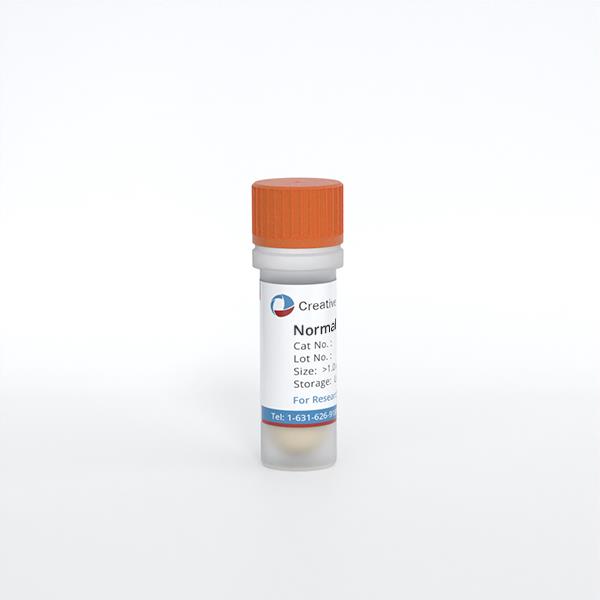Featured Products
Hot Products
ONLINE INQUIRY

Human Peripheral Blood Mononuclear Cells-RA
Cat.No.: CSC-C8107L
Species: Human
Source: Peripheral Blood; Blood
Cell Type: Mononuclear Cell
- Specification
- Q & A
- Customer Review
Cat.No.
CSC-C8107L
Description
Origin: Human
Desease: Rheumatoid Arthritis (RA)
Application: These cells can be used to investigate the immune system and stem cell properties in regenerative medicine, and developmental studies.
Desease: Rheumatoid Arthritis (RA)
Application: These cells can be used to investigate the immune system and stem cell properties in regenerative medicine, and developmental studies.
Species
Human
Source
Peripheral Blood; Blood
Recommended Medium
Cell Type
Mononuclear Cell
Disease
Rheumatoid Arthritis (RA)
Citation Guidance
If you use this products in your scientific publication, it should be cited in the publication as: Creative Bioarray cat no. If your paper has been published, please click here to submit the PubMed ID of your paper to get a coupon.
Ask a Question
Write your own review
- You May Also Need
Related Products


